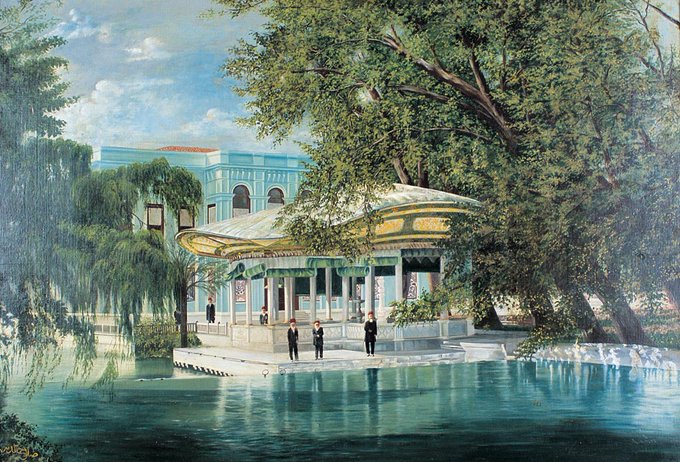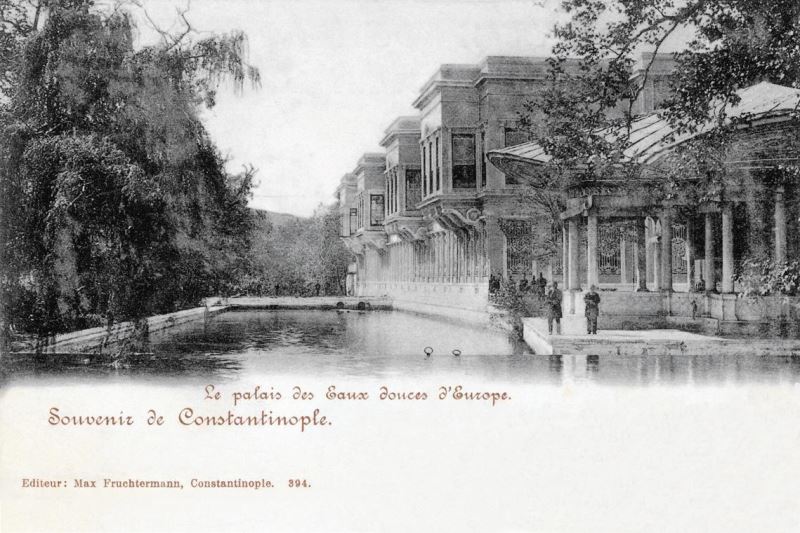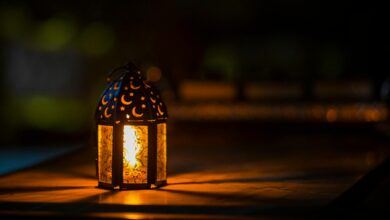How Was Sadabad Palace Built and Unexpectedly Destroyed?

You’ve all heard of the 1st Sadabad Palace, one of the symbols of the Tulip Era, but do you know why it’s not there today? Here is the whole story of the palace.
How Was It Made?
III. Kagithane, which is one of the most important points of Istanbul in terms of location and scenery, was one of the most preferred places of the palace due to its proximity to the city center. Due to these features, Kagithane was thought to be the place where a palace would be built, where the sultan and the people of the palace were constantly sitting in the spring season. The first groundbreaking ceremony for the construction of the palace, where the sultan’s son-in-law, Ibrahim Pasha, was commissioned, was splendidly held in 1722.
The necessary material for the construction of the palace was provided by removing the marbles of Kulelibahce Pavilion in Cengelkoy, which were built during the reign of Suleiman the Magnificent and then in a dilapidated state, and were transported to Kagithane by ships. For the palace, which was built by the architecture of Kayserili Mehmed Aga, first of all, the place where the Kagithane stream flows was cleaned of mud and mud, and the flow of the stream was placed in a certain order.

Gorgeous Design of Waterfalls
Extending the creek bed on the Humbarahane side from here to the front of the palace, İbrahim Pasha takes a distance of ‘eight hundred cubits’ to a straight canal with white cut stone buttresses. These channels, called cedvelsim, meaning silver ruler or silver stream, made the river take on a silvery color during the full moon. The water accumulated in the stream bed cut by the dam was carried by thin channels on it and poured into the first pool by making small waterfalls within the marble waterfalls called Çağlayan-ı Evvel. The spilled water would pass through the cascading waterfalls on the other side of the dam and reach the second waterfall called Çağlayan-ı Sani and collect in the large pool in front of the palace. The first cascade, which was built more durablely so that the waters of Sultan-ı Sim would not overflow, relieved the flow of water by dividing the waters into five separate paths compared to the second stage. The waterfalls are elegantly decorated with reliefs of various fish in carvings on them. The function of these reliefs is to ensure the continuity of the flow by helping the water to foam. In order not to damage the mechanism in heavy rains, it was possible to prevent the water from overflowing by making filling and discharging covers at some points in case of a possible flood. Some of the accumulated water was collected in the ditches around the palace, and some of it was collected in artificial ponds by circulating on the land here and turned into eye-catching pools in the private garden of the palace surrounded by trees and where swans and ducks roam.
Kasr-i Nishad or Tent Lodge
In Inciciyan’s work called Istanbul in the 18th Century; He states that with the construction of these new pools in Kagithane, the narrow passages of the boats carrying the people of Istanbul to the village were closed. A small pool was built in the middle of the pavilion with wide eaves, called Kasr-i Nishad or tent kiosk, which was built to watch the stream and the flow of water. In front of the pavilion, Inside the pool, there are three fountains consisting of a bronze column with a dragon’s mouth and two snake bodies wrapped around each other. In addition to these, another historical structure that we can talk about is the three viewing gazebos located on the upper part of Çağlayan-ıİlk. The largest of these gazebos, each of which is covered with lead, is in the middle. Unfortunately, the existence of these gazebos was not found in the photographs taken after the 1890s.

Sa’dabad
These magnificent structures, where many carpenters, stone masters and other masters worked for days even during their holidays, were called s’dabad and the region was always called by this name after this date. Sa’dabad, which means a blessed, auspicious (fertile) place, is completed with great efforts in sixty days and opened with a magnificent ceremony where the sultan came with a bright procession. On that day, while fancy and magnificent tents and embroidered tents were set up on both sides of the palace, banquets were given to state officials, javelin games and infantry races were held in the meadows.
With the construction of Sa’dabad, about 170 different mansions and mansions and a harem room with a bath were built along the stream side on the road from Kagithane to Baruthane. The Sa’dabat palace, which had an exquisite architectural structure, and other mansions and mansions were demolished in a short time with the revolt of Halil against the boss that broke out in 1730. Palaces and mansions that Mahmud I did not allow to be burned despite the wishes of Patron Halil and his men, ii. They witnessed a new era with the reign of Mahmud. The sultan, who frequently came to Kaagirhane to watch the famous wrestling matches with the wrestlers from the Balkans, had the old Sa’dabad palace completely demolished and had a new palace built in accordance with the architectural style of the period. Kirkor Balyan from the Balyan family was appointed as the chief architect of the palace by the order of the sultan. Started in 1809 and literally finished in 1816, the palace is a low structure and is built entirely in an L-shape.

The wide eaves Kasr-ı Nişad mansion, located within the boundaries of the old Sa’dabad palace, was also repaired and preserved with new additions. Again, dragon-headed fountains erected on a bronze column were renovated with minor repairs. The gazebos, which sit on thin columns above the waterfalls, have been faithfully reworked.
1. Sadabad Palace is the first of three palaces built and destroyed in the same place throughout history. The second Sadabad palace was built between 1809 and 1816 and was destroyed after 50 years of use; The third palace was built in 1863 and was demolished in 1943. Kagithane Municipality Building is located where three palaces were built in the past.
You may be interested in: Why Did States Build Magnificent Statues in Antiquity?






